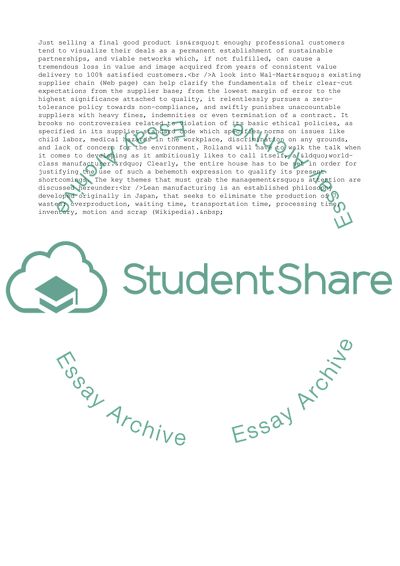Cite this document
(Managing Integrated Global Supply Chain Case Study, n.d.)
Managing Integrated Global Supply Chain Case Study. https://studentshare.org/management/1704082-managing-integrated-global-supply-chain
Managing Integrated Global Supply Chain Case Study. https://studentshare.org/management/1704082-managing-integrated-global-supply-chain
(Managing Integrated Global Supply Chain Case Study)
Managing Integrated Global Supply Chain Case Study. https://studentshare.org/management/1704082-managing-integrated-global-supply-chain.
Managing Integrated Global Supply Chain Case Study. https://studentshare.org/management/1704082-managing-integrated-global-supply-chain.
“Managing Integrated Global Supply Chain Case Study”. https://studentshare.org/management/1704082-managing-integrated-global-supply-chain.


